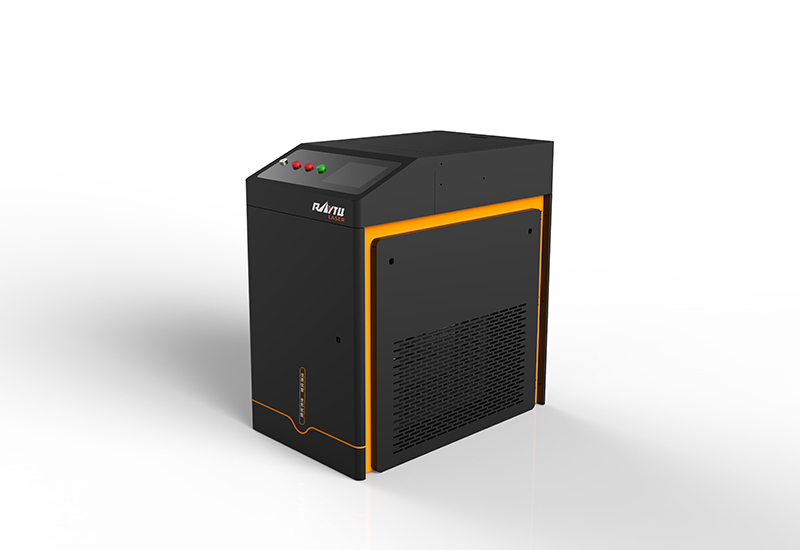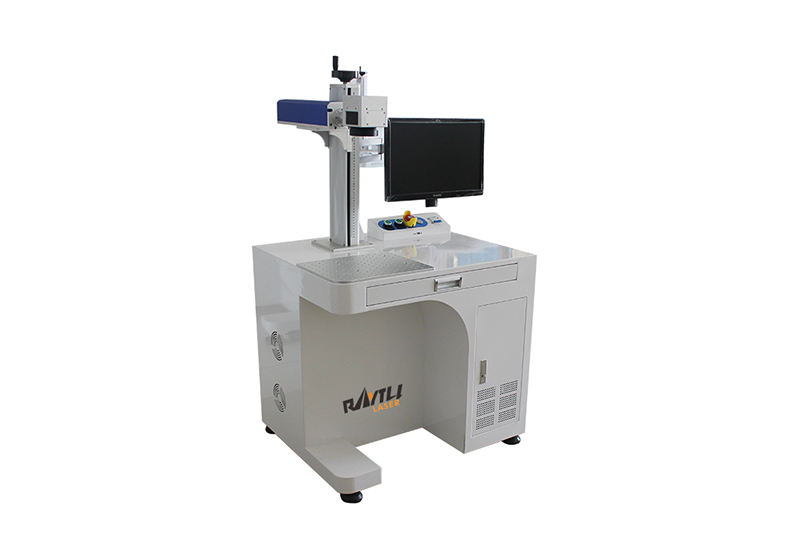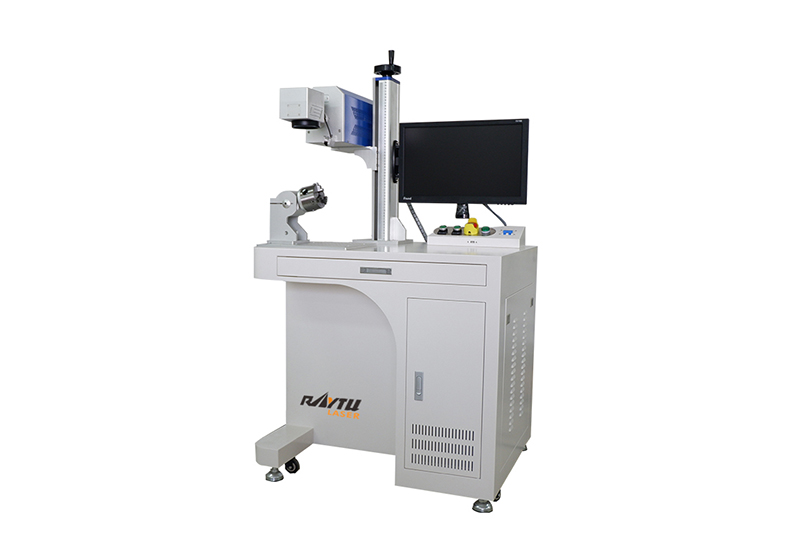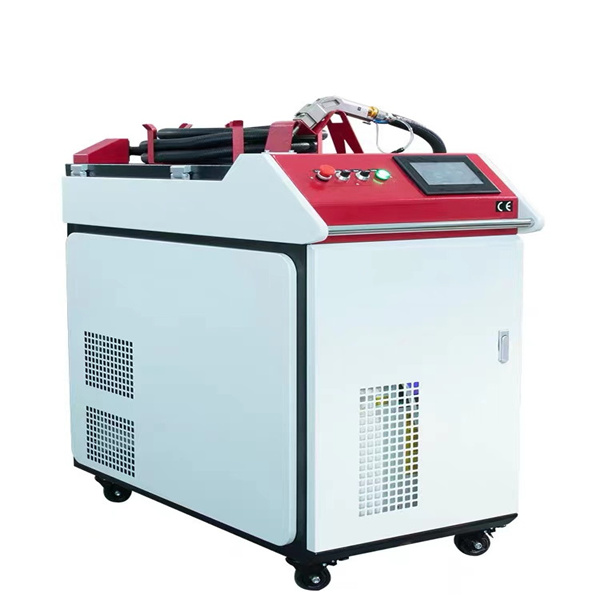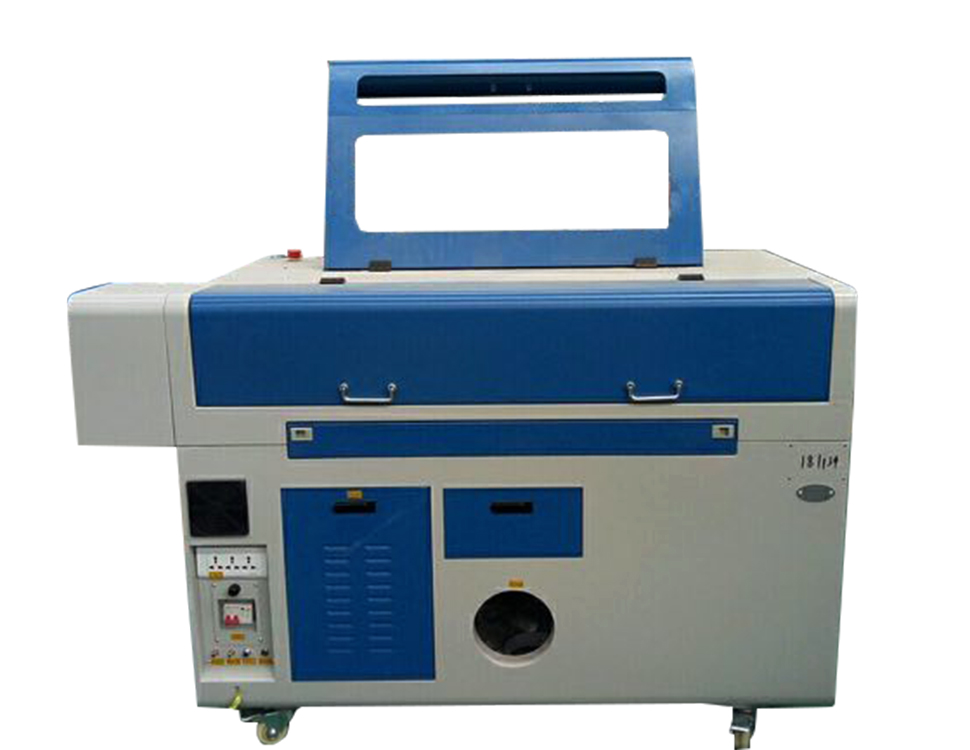Researchers at MIT Lincoln Laboratory, together with collaborators at the Center for Ultrasound Research and Translation (CURT) at Massachusetts General Hospital (MGH), have developed a new medical imaging device, non-contact laser ultrasound (NCLUS). This laser-based ultrasound system provides images of internal features of the human body, including organs, fat, muscle, tendons, and blood vessels. The system can also measure bone strength and track the manifestation of diseases at different stages.

1 Medical Ultrasound Practice
If a doctor orders an ultrasound examination for a patient, a trained ultrasound technician presses and manipulates the sensor array in a handheld device on the patient's body. When the ultrasound technician pushes the transducer probe through the skin, high-frequency sound waves (ultrasound) penetrate and propagate through the body's tissues, producing "echoes" on different tissue structures and features.
These echoes come from changes in the acoustic impedance or tissue strength (tissue hardness and softness) of fat, muscle, organs, blood vessels, and bones deep in the body. The probe receives the returning echoes and combines them into a representative image of the internal features of the human body. Specialized processing schemes (synthetic aperture processing) are used to construct the two-dimensional or three-dimensional shapes of tissue features, and these structures are then displayed in real-time on a computer monitor.
Using ultrasound, doctors can noninvasively "see through" the body and image various tissues and their geometric shapes. Ultrasound can also measure the pulsation of blood flow in arteries and veins and can describe the mechanical properties of tissues and organs (elastic imaging). Ultrasound is routinely used to assist doctors in the assessment and diagnosis of various health conditions, diseases, and injuries.

2 Limitations of Ultrasound
Although the most advanced medical ultrasound systems can distinguish tissue features within a few millimeters, this technology has some limitations. Imaging errors can occur when the sonographer manipulates the probe arbitrarily to obtain the best viewing window into the body. More specifically, when the sonographer applies pressure to the probe by feel, it randomly compresses the local tissue that the probe contacts, causing unpredictable changes in tissue properties, which affects the propagation path of the ultrasound.

This compression can cause unpredictable distortions in the image of tissue features, which means that the shape of the features is not accurately drawn. In addition, tilting the probe, even slightly, changes the angular plane of the image view - skewing the image and causing uncertainty about the location of the features in the body.
3 Light-Induced Ultrasound
NCLUS uses a pulsed laser to transmit light energy through the air to the surface of the skin. Once the light enters the skin, it is quickly absorbed. The light pulse causes local heating instantly and rapidly deforms the skin through a thermoelastic process, which in turn generates ultrasound waves and acts as an ultrasound source. This phenomenon is called photoacoustics.
The light pulse can generate enough ultrasound power at a frequency comparable to actual medical ultrasound without causing any sensation to the skin. The research team has applied for a patent for the selection of optical carrier wavelengths, and the photoacoustic process is designed to produce a consistent ultrasound source that is not affected by skin color or tissue roughness.
4 Towards a Clinically Operated System
As early as 2019, the team demonstrated that the NCLUS proof-of-concept (GEN-1) system was able to obtain ultrasound images of the human body using a skin-safe laser, which was a first in the medical field. However, the long time it took to obtain image data from patients was impractical for clinical practice. In addition, the image resolution of the GEN-1 system was significantly lower than the most advanced medical ultrasound at the time.
Through sponsored projects, the team is currently developing NCLUS to support cutting-edge military applications. These applications include detecting and characterizing life-threatening injuries caused by bleeding within organs; monitoring debilitating musculoskeletal injuries and their healing over time; and providing elastic imaging of soft tissue and bone in the limb region of amputees to speed the design and installation of prosthetic sleeves.

Civilian applications include imaging in intensive care units. With NCLUS, emergency medical technicians, paramedics, and medical personnel without specialized ultrasound training will be able to perform ultrasound outside of the hospital, at home, or in remote battlefield environments.
With further development, NCLUS has the potential to become a transformative technology, an automated, portable ultrasound platform with fixed reference frame capabilities similar to MRI and CT, Samir said. In the next phase of the NCLUS program, the team will conduct clinical studies using an operational, skin-safe laser to evaluate ultrasound images and compare them to traditional medical ultrasound images. If these studies are successful, the team will seek commercial funding for the development of a clinical medical device and then obtain approval from the U.S. Food and Drug Administration.
 High Power Fiber Laser Cutting Machine
High Power Fiber Laser Cutting Machine
 Enclosed Fiber Laser Cutting Machine
Enclosed Fiber Laser Cutting Machine
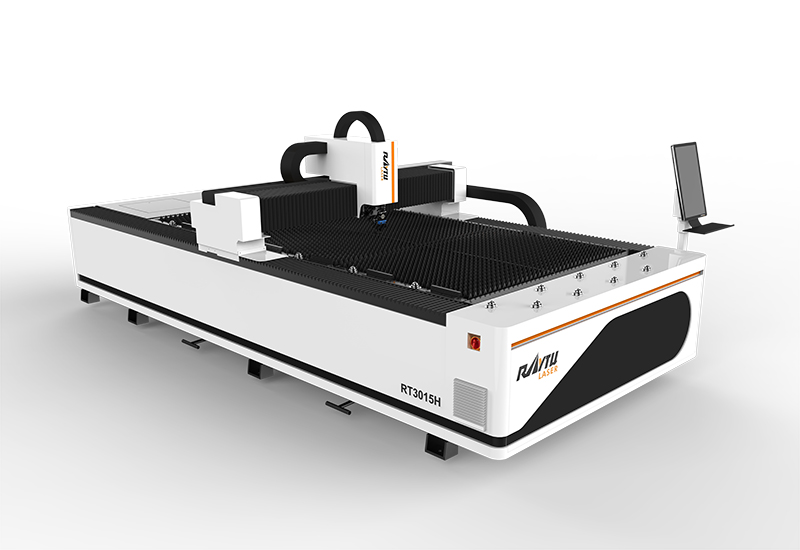 Sheet Metal Laser Cutting Machine
Sheet Metal Laser Cutting Machine
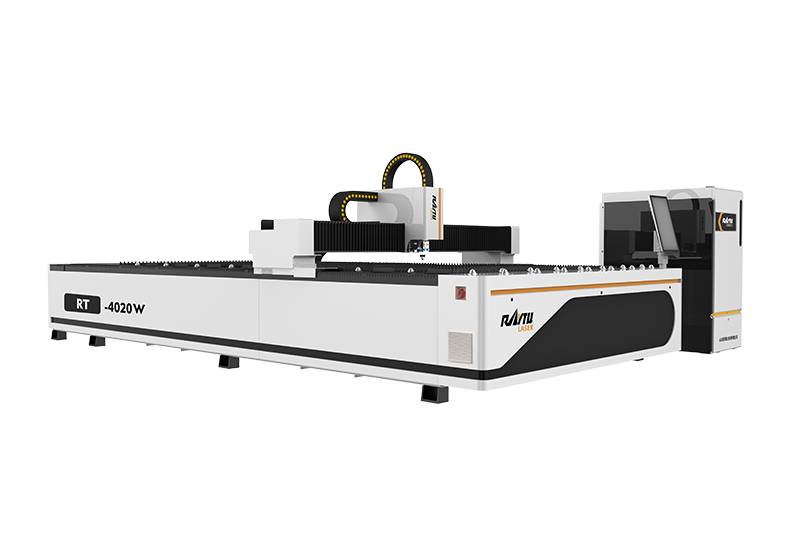 Medium Power Metal Laser Cutting Machine
Medium Power Metal Laser Cutting Machine
 Automatic Tube Laser Cutting Machine
Automatic Tube Laser Cutting Machine
 Coil Fiber Laser Cutting Machine
Coil Fiber Laser Cutting Machine
 RTC-12036M 3 Chucks Tubeeber Laser Cutting Machine
RTC-12036M 3 Chucks Tubeeber Laser Cutting Machine
 Single Table Enclosed Fiber Laser Cutting Machine
Single Table Enclosed Fiber Laser Cutting Machine






 EN
EN ES
ES RU
RU AR
AR